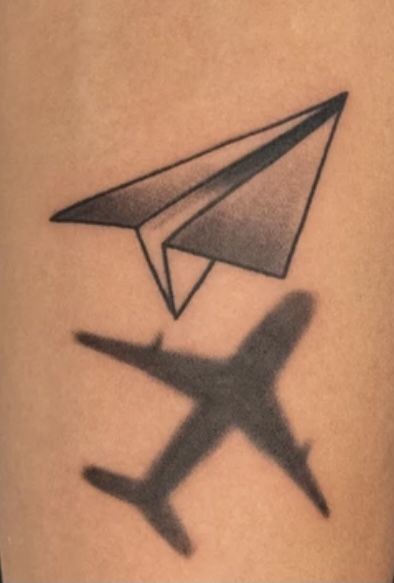Dream Drawing: Bringing Fantasies to Life Through Art
Dream Drawing is an enchanting art form that transforms the ethereal and elusive nature of dreams into captivating visual representations. This genre of art explores the boundary between imagination and reality, capturing the surreal and often fantastical elements that populate our subconscious minds. This article delves into the essence of Dream Drawing, examining its techniques, inspirations, and the profound impact it has on both artists and viewers.
The Concept of Dream Drawing
Dream Drawing involves creating artwork inspired by dreams, fantasies, and the unconscious mind. These drawings often feature surreal landscapes, imaginative creatures, and abstract forms that reflect the fluid and unpredictable nature of dreams. The goal is to translate the intangible and often bizarre elements of dreams into a tangible, visual format.
Historical Context
Throughout history, artists have been fascinated by dreams and the subconscious:
Surrealism: The Surrealist movement of the early 20th century, led by artists like Salvador Dalí and René Magritte, explored dreamlike imagery and the unconscious mind. Surrealists sought to depict the illogical and fantastical elements of dreams in their art, paving the way for contemporary Dream Drawing.
Romanticism: Romantic artists such as William Blake and Caspar David Friedrich delved into the mystical and supernatural, often incorporating dreamlike elements into their work.
Symbolism: In the late 19th century, Symbolist artists used dreams and the subconscious as sources of inspiration, focusing on the emotional and symbolic aspects of their subjects.
Techniques and Approaches
Creating Dream Drawings involves a range of techniques that reflect the dreamlike quality of the subject matter:
Surreal Composition: Dream Drawings often feature unusual and imaginative compositions that defy the rules of reality. Artists may combine disparate elements to create fantastical scenes and narratives.
Fluid Lines and Forms: To capture the fluid and shifting nature of dreams, artists use flowing lines and abstract forms. This approach allows for a sense of movement and transformation within the artwork.
Vivid Colors and Lighting: Using vibrant colors and dramatic lighting can enhance the surreal and otherworldly quality of dream drawings. Contrasting colors and unusual lighting effects help to create a sense of mystery and wonder.
Mixed Media: Combining traditional drawing techniques with mixed media, such as digital tools, collage, and paint, allows for greater flexibility and creativity in capturing the essence of dreams.
Inspirations and Themes
Dream Drawings can be inspired by a wide array of themes and experiences:
Personal Dreams: Artists often draw upon their own dreams and subconscious experiences, translating personal visions into art that reflects their inner world.
Mythology and Folklore: Dreams often draw upon archetypal themes and symbols found in mythology and folklore. Artists may incorporate these elements to create rich, symbolic narratives.
Psychological Exploration: Dreams can offer insights into the unconscious mind. Artists may explore psychological themes and emotions through their dream-inspired artwork.
Nature and Fantasy: Many dream drawings feature fantastical landscapes and creatures, blending elements of nature with imaginative elements to create otherworldly scenes.
The Impact of Dream Drawing
Dream Drawing has a profound impact on both artists and viewers:
Artistic Expression: For artists, Dream Drawing offers a unique avenue for creative expression, allowing them to explore and convey their innermost thoughts and emotions.
Emotional Connection: Viewers are often drawn to the surreal and evocative nature of Dream Drawings, finding personal connections and meanings in the fantastical imagery.
Inspiration and Imagination: Dream Drawings inspire viewers to explore their own imagination and creativity. They encourage a sense of wonder and curiosity about the mysteries of the subconscious mind.
Modern Trends and Innovations
In contemporary art, Dream Drawing continues to evolve with new techniques and technologies:
Digital Art: Digital tools and software enable artists to create intricate and dynamic dreamlike imagery, offering new possibilities for visual experimentation.
Augmented Reality: Some artists use augmented reality to bring their dream drawings to life, allowing viewers to experience their art in immersive and interactive ways.
Collaborative Projects: Collaborative art projects that involve multiple artists or community input can explore collective dreams and shared imaginings, creating rich and diverse dreamscapes.
Conclusion
Dream Drawing is a captivating and imaginative art form that bridges the gap between the conscious and unconscious mind. By capturing the surreal and fantastical elements of dreams, artists create visually stunning and emotionally resonant works that invite viewers to explore the mysteries of the subconscious. Whether through traditional techniques or modern innovations, Dream Drawing continues to inspire and enchant, offering a window into the wondrous world of dreams.






